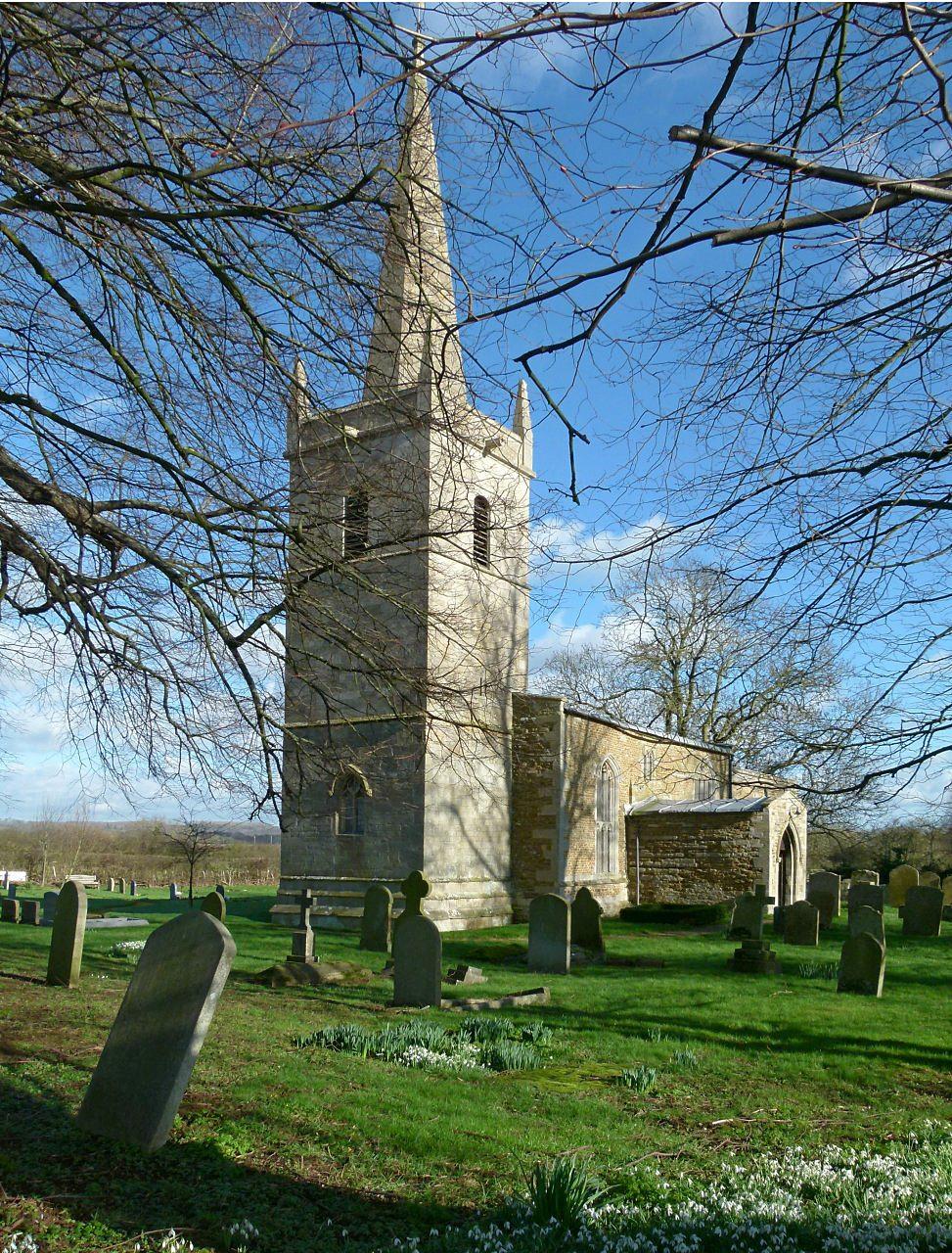All Saints
Oakham, Rutland
The largest church in England’s smallest county; a late 13th century and early 14th century church in the centre of a rural market town.

An intimate 12th century church noted for its tympanum and other Norman carvings set in a peaceful conservation village on the edge of Rutland Water.
Egleton, Rutland
Near to Egleton Bird Reserve and on the cyclist/walkers’ path around Rutland Water, St Edmund’s has been a small, tranquil place of prayer and rest for nearly 1000 years.
From the outside the church illustrates centuries of change. The south wall dating from 12th century, the base of the tower from the 14th century and the spire added in the 18th century. Once there was a north aisle which was demolished and the arcade infilled.
The entrance to this mysterious church is crowned by a Norman tympanum with its enigmatic carvings including a winged dragon, lion and other beasts. Immediately inside is a square, Norman font decorated with a Calvary cross and geometric patterns. Looking to the chancel the plain Norman arch is supported by beaded chevron pillars with foliated capitals and looking up, the original roof corbels are carved creatures all except for one human face.
Other features include a part of the 15th century rood screen resited at the rear of the church together with some 16th century bench ends with carved poppy heads displaying Tudor roses. The arms of George 111 are portrayed in a wall painting above the chancel arch. Returning outside, there are numerous scratch dials on the church walls particularly near the low chancel door.

Oakham, Rutland
The largest church in England’s smallest county; a late 13th century and early 14th century church in the centre of a rural market town.
Hambleton, Rutland
The hilltop setting of St Andrew's ensured its preservation when much of its parish disappeared beneath Rutland Water in the 1970s.
Brooke, Rutland
This long, low church, with its rather dumpy 13th century tower, is an unlikely but harmonious mix of styles.